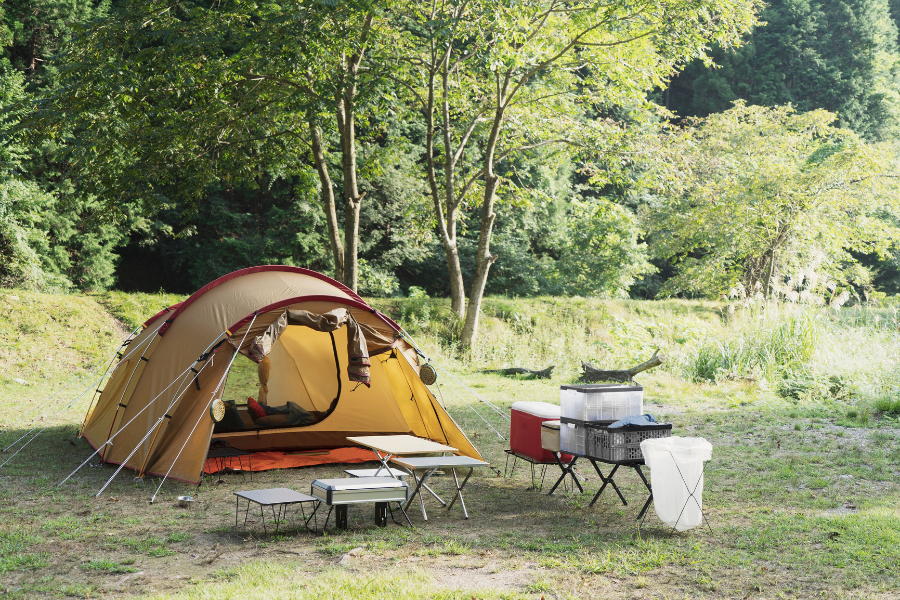
Camping in Aotearoa ranges from DOC back-country sites to lakeside holiday parks and boutique glamping. Whatever the setting, a good amenities block turns “roughing it” into a safe, repeatable experience for families, school groups and tour operators—without shifting the environmental burden onto the landscape.
Centralising hand-washing and waste management protects public health and protects the whenua. A well-designed amenities block stops the “make-do” behaviour that creates scattered waste, contaminated soils, and unhappy neighbours. It also meets visitor expectations: clean, reliable toilets and showers that are easy to find, easy to use, and easy to keep hygienic.
Back roads, barges, or helicopter slings make traditional builds risky and slow. LooCube™ arrives as a prefabricated kit-set, with coordinated structure, finishes and fit-out. Fewer deliveries, fewer trades, faster commissioning.
Choose tank or rainwater supply with suitable treatment. LooCube™ supports simple hand-wash solutions through to higher-demand shower layouts.
Match the wastewater system to the site: waterless composting or low-water pans with holding tanks where discharge isn’t permitted; connect to septic or sewer where available. LooCube™ can configure the system to your duty cycle and consent pathway.
Specify solar-powered lighting and controls (and ventilation for compost systems). Where grid power exists, we can hard-wire for higher-load sites.
Coastal air, alpine cold, and weekend surges are normal in NZ. LooCube™ uses corrosion-resistant materials, wipe-clean surfaces and vandal-resistant hardware to keep OPEX down and uptime high.
Layouts are developed to support NZS 4121:2001 for accessible routes and fixtures. Optional FRP ramps use non-slip, drain-through grating for safer entry in wet conditions. CPTED-aligned placement, clear sightlines and even lighting help reduce misuse.
With a prepared base and confirmed services, typical on-site assembly is measured in days, not weeks—ideal for seasonal deadlines.
We’ll configure a LooCube™ solution to your site, services, and peak-season loads—accessible, low-maintenance, and consent-ready. Contact WCTNZ® for design and pricing.